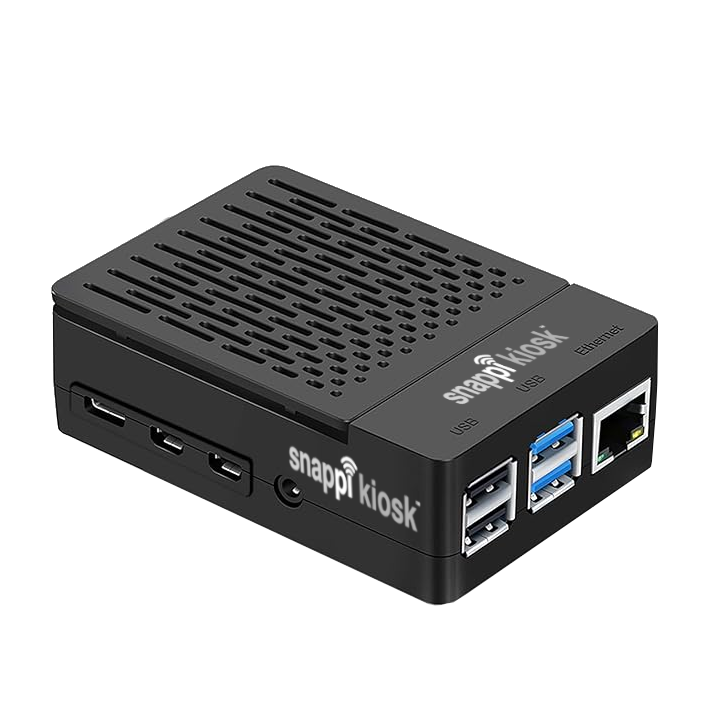Instruction Details
- Temperature:
- 400°F / 204.44°C
- Time:
- 1 second
- Pressure:
- Light
- Substrate:
- PROSPRAYII (Part numbers may vary by distributor)
Heat Press Method Instructions
DyeTrans Adhesive Spray – Aerosol Adhesive
The Adhesive Spray II nozzle is designed for a very wide dispersion of adhesive with a minimum of application time. So, sometimes the term" use with a light misting" can be misinterpreted as to lightly depress the nozzle. To the contrary, you should give the nozzle a full down quick push on each use. This will "help" keep the nozzle from clogging throughout its life. Should you see splatters of glue getting onto the transfer, then the time's come to clean or replace the nozzle.
First, remove the nozzle and soak it in turpentine for an hour. Then take out a sewing needle and clean off any visible excess glue from the face and spout of the nozzle.
Next, take the can outside, give it a vigorous shake, line-up the head of the nozzle with the black stripe on the neck of the can, and then press the nozzle fully downward for 1-2 seconds. Repeat this a couple of times being sure to shake the can between spray cycles. Then spray onto a piece of paper (ideally one that has a black square printed on it) and see if you still get splatters. If so, you need a new nozzle. Have your sales rep throw one in on your next order.
Basically, if you are not going to burn through a can of Adhesive Spray within a relatively short period of time, then it's a good idea to let the nozzles soak in turpentine between uses. If the contents of the can are not thoroughly shaken upon reassembly with the nozzle, then you will eventually gum up the glue inside of the can.
One last tip, remember that you always should be sure to line up the black mark on the neck of the can with the face of the nozzle.
Dry Application:
Mugs, Jewelry, Mouse pads, Carpet Tiles, Glass Cutting Boards, Tiles, Coasters, and Garments
1. Check the nozzle on the can of Adhesive Spray to ensure that it is clean (this will prevent blotching and uneven transfers).
2. Hold the transfer at arm’s length and lightly spray.
3. Let the transfer dry for 15-20 seconds.
4. Carefully place your imprintable onto the sprayed transfer.
5) Press for normal time and temperature.
6. After pressing remove the transfer and clean any residue with glass cleaner.
Wet Application:
Mugs, Light switch covers, and other curved surfaces
1. Trim the transfer to just larger than the imprintable.
2. Check the nozzle on the can of Adhesive Spray to ensure that it is clean (this will prevent blotching and uneven transfers).
3. Hold the transfer at arm’s length and lightly spray.
4. Let the transfer dry for 15-20 seconds.
5) Wet the transfer thoroughly.
6. Carefully place your imprintable onto the sprayed transfer.
7. Press for normal time and temperature.
8. After pressing remove the transfer and clean any residue with glass cleaner.
Q: What's the best way to make my Adhesive Spray work all the way to the end of the can? My nozzle is clogging and sometimes spits blobs onto the transfer.
A: VERY IMPORTANT INSTRUCTION: always, always, always shake the can thoroughly before use. Next, as the contents are depleted, the straw inside the can has to go down to meet with what's left. This is accomplished by lining the nozzle head with the black mark on top of the can.
NOTES:
§ When spraying make sure to spray in a well-ventilated area and use a drop cloth to prevent over spray onto the floor or table.
§ In all cases where Adhesive Spray is used the transfer always receives the mist, not the item being sublimated. Hold the transfer in one hand and the Adhesive Spray at arms length. Using too much Adhesive Spray can alter finished results and also result in residue. Residue can be removed using citrus spray.
§ Occasionally you may need to remove white spray nozzle and clean with water to remove residue build-up.
§ Occasionally, after time there may be some separation of contents in the can. To solve this turn can upside down and shake vigorously.



